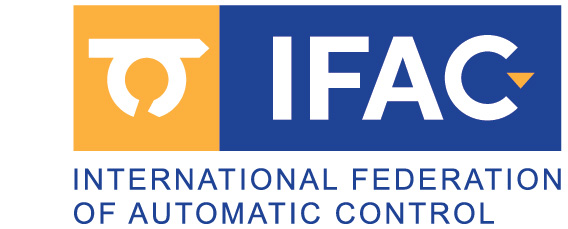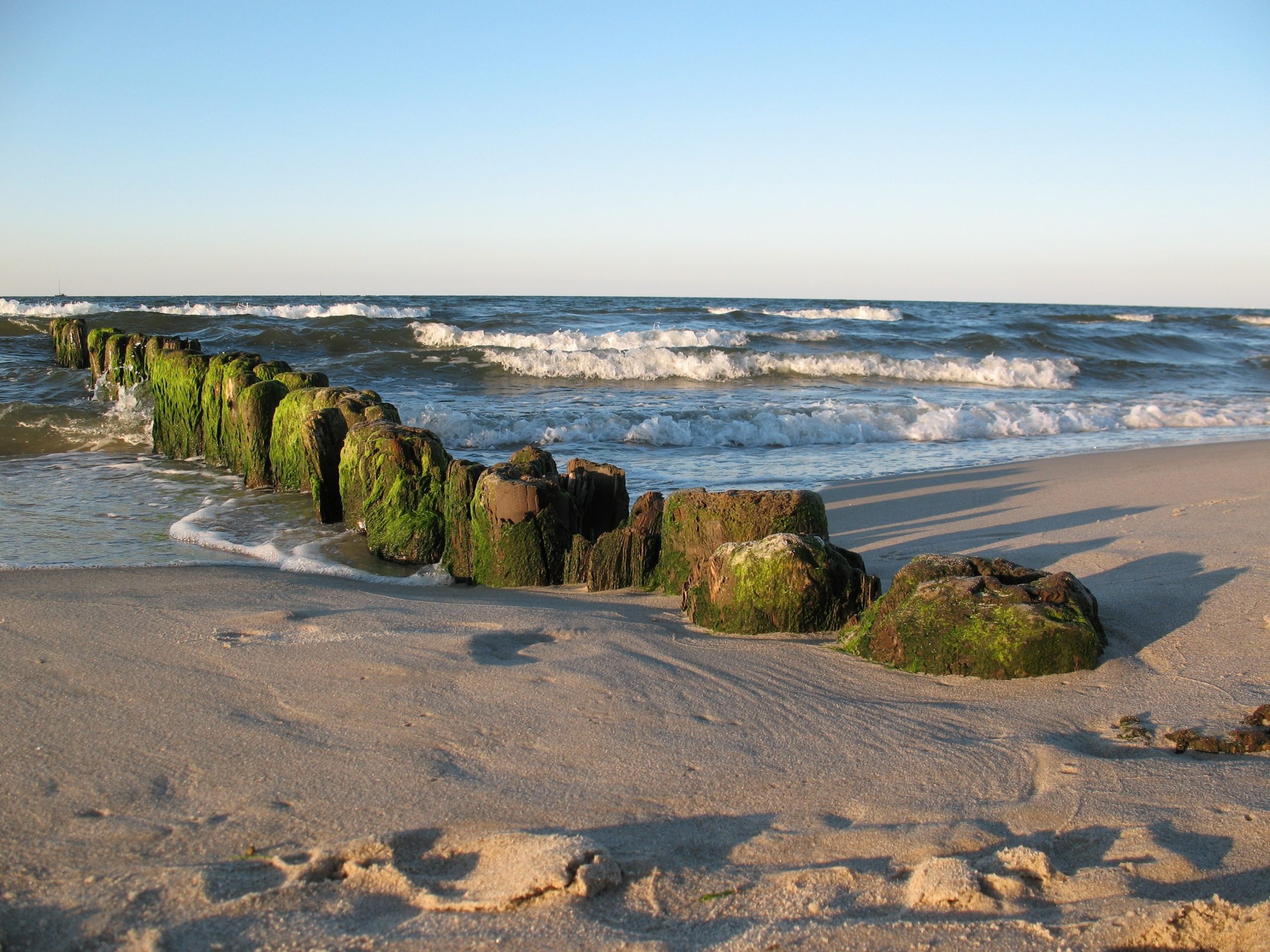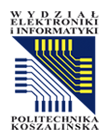During the conference, you will have the opportunity to participate in an excursion to the Cold War Museum (more details below). The excursion (bus transfer from conference venue and guided tour) will take place on the second day of the conference (September 12, 2025) in the morning, during some sessions – please check the conference program [available soon]. The limit of places is 40 people.
Registration is required on the form [link] and lasts until July 20, 2025.
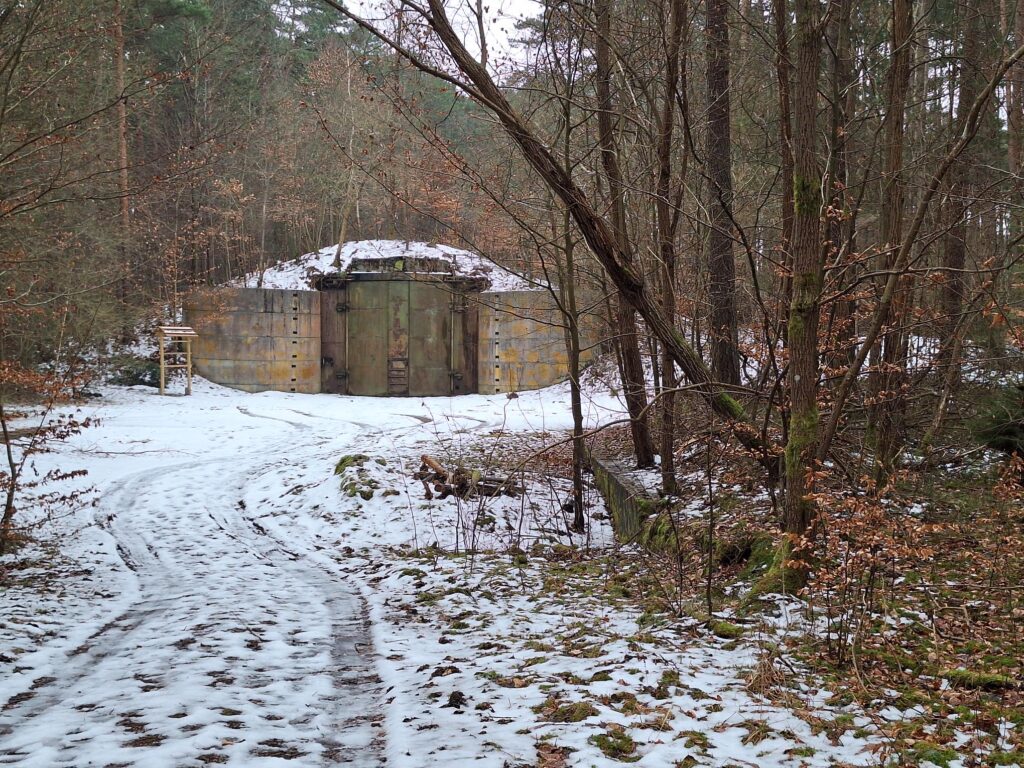
The shelters in Podborsko are part of a former Soviet nuclear base. The site, known as Facility 3001, consists of two bunker-warehouses, each capable of housing 80 nuclear warheads. These shelters are a unique relic of Poland’s nuclear arsenal era and serve as a tourist attraction offering insight into Cold War history.
Location and History
Located in the forest near the village of Podborsko (Tychowo commune, Białogard County, Poland) approximately 50 km from Kołobrzeg and 35 km from Koszalin.
Construction began as part of the so-called “Vistula” program, approved in Moscow in 1966 and completed around 1969–1970.
The area covered about 150–300 hectares and was operated by approximately 150 Soviet soldiers.
The site was strictly secret — very few knew of its existence, and all documents were marked with the codename “3000”.
Structure and Equipment
Consists of two monolithic-type bunkers (No. 17 and 18), each with a surface area of approx. 986 m², designed to store up to 80 warheads — up to 160 total.
In the 1970s, a “Granit”-type bunker was added — the best-preserved of its kind in Poland.
The storage hall featured a gantry crane, anchored carts, cooling systems (~6 °C), generators, ventilation, and original Soviet electrical systems.
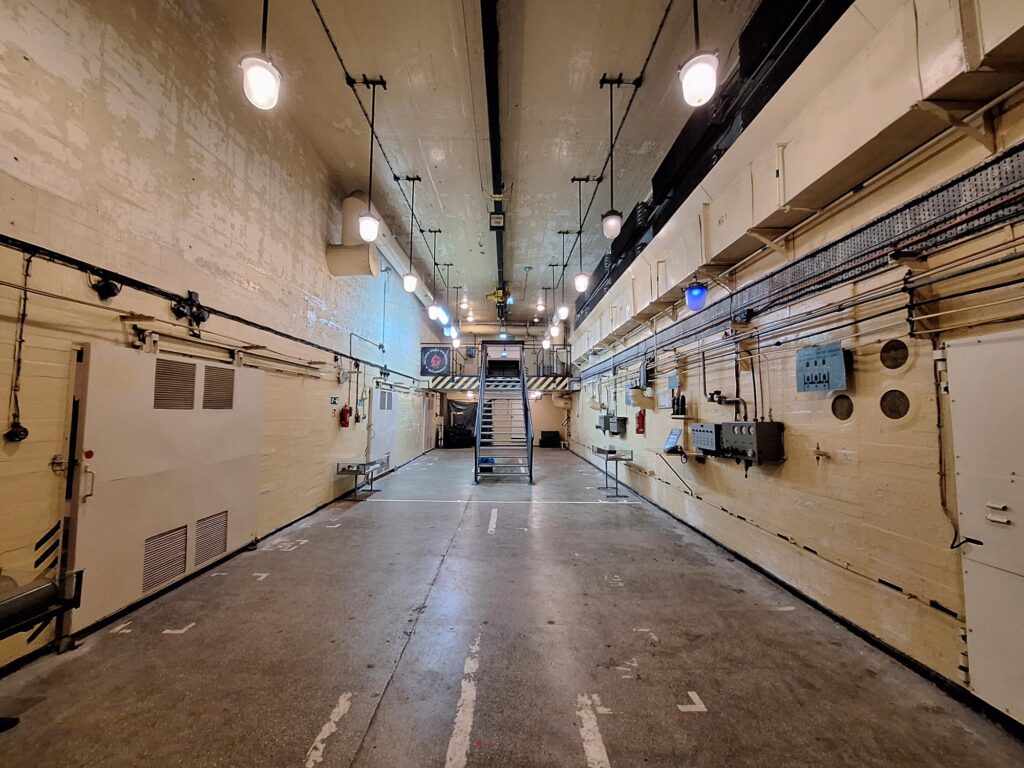
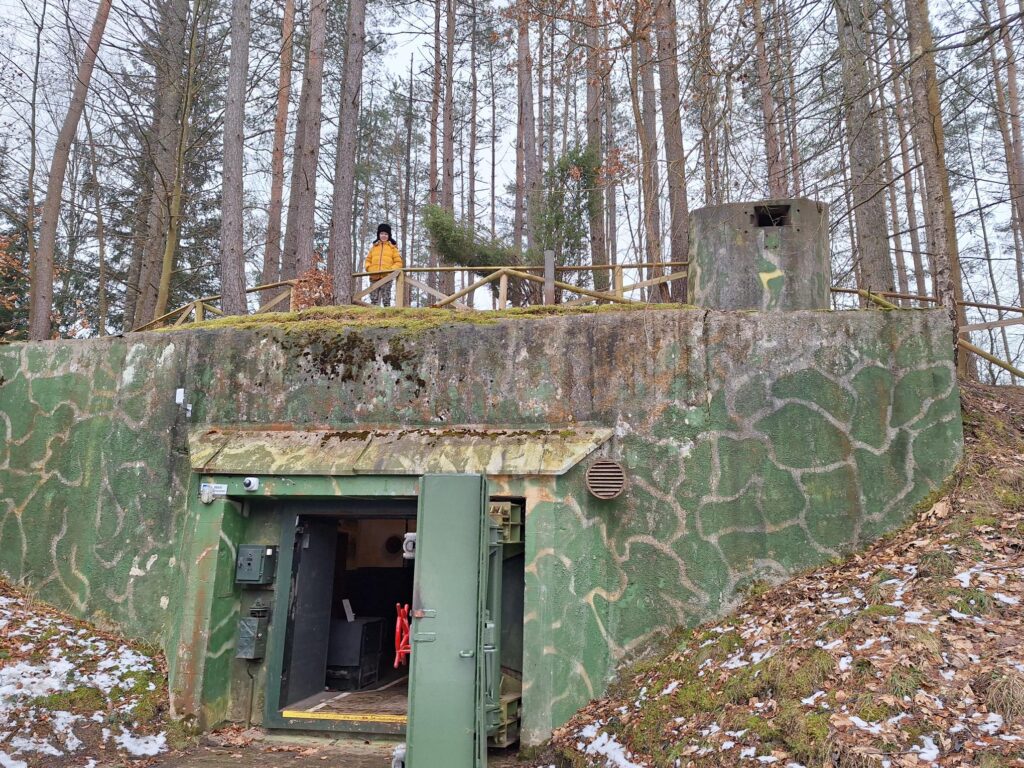
Strategic Purpose
The facility served as a storage site for tactical nuclear weapons used by the Soviet Army and its SCUD-B missile technology.
Nuclear warheads were handled here — they arrived after technical inspections and were transported in sarcophagus-like containers on floor-anchored carts.
The last warheads were removed in 1988, and the garrison fully withdrew in 1992.
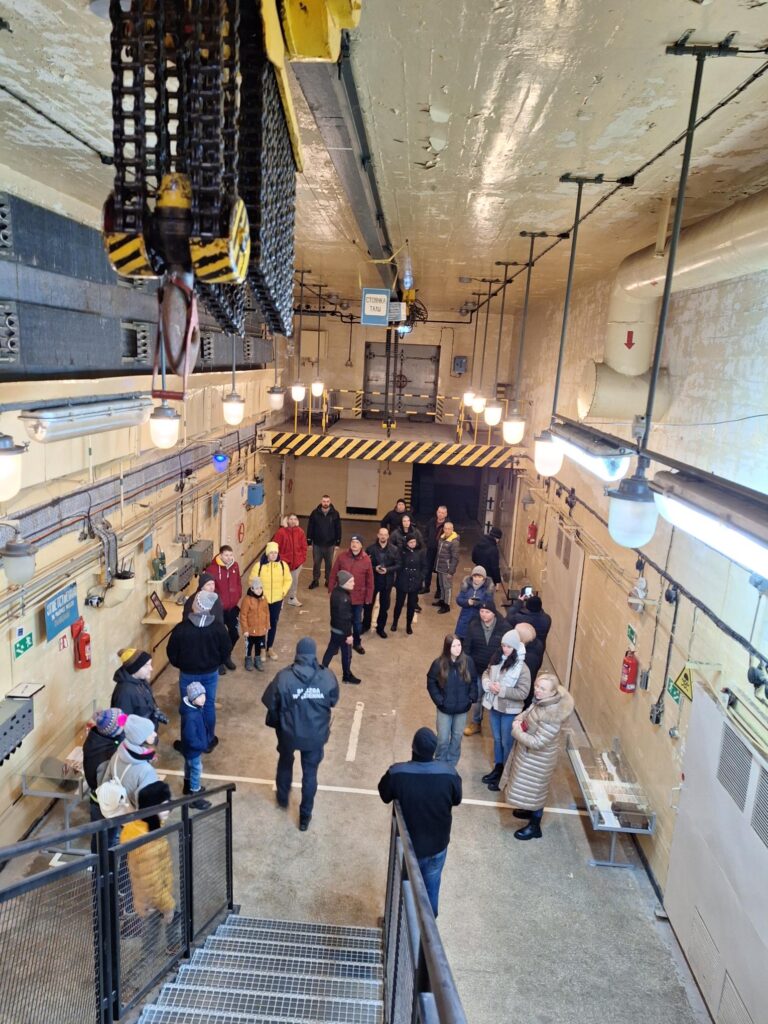
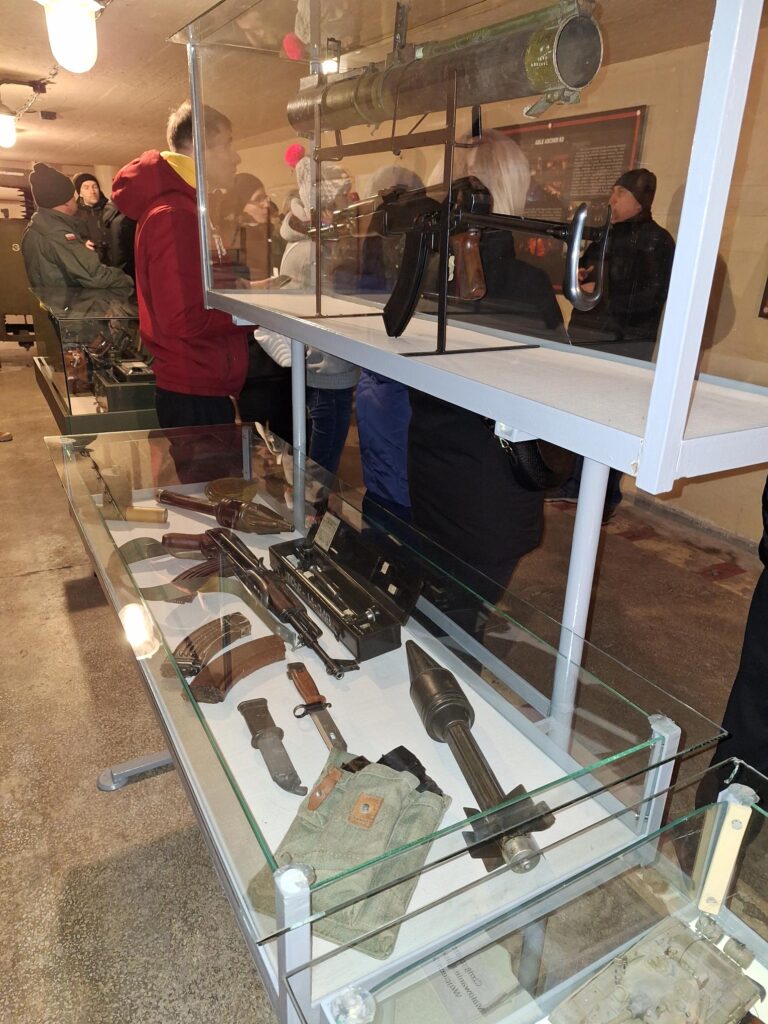
Today – Cold War Museum
Since 2015, the site has been managed by the Polish Arms Museum in Kołobrzeg; in 2016, Bunker 17 was opened to the public.
It serves an educational function — guided tours are available, with a limit of around 40 visitors per group.
Inside, visitors can see: original technical equipment (generators, ventilation, carts), military uniforms, Polish and Soviet weapons, chemical protection suits, and personal memorabilia from soldiers’ families.
A highlight of the exhibit is the engine compartment of a SCUD-B missile — a nuclear warhead delivery vehicle.
Visitor Experience
Over 90% of the site remains intact, providing a highly authentic and immersive experience.
The interior remains cold (6–10 °C), so visitors are advised to dress warmly.
In summer, it attracts over 2,000 visitors per month.
Summary
Facility 3001 is a unique Cold War relic and a stark reminder of the Soviet nuclear strategy once active on Polish territory. Now functioning as a museum, its authentic interiors, realistic equipment, and educational tours offer insight into the nuclear threat that loomed over Europe just decades ago.
